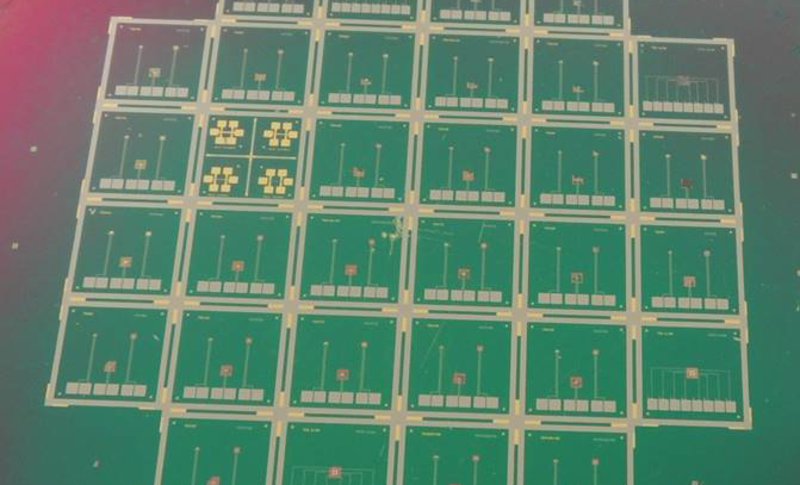science
Catalan researchers design new sensors for ESA missions
Lourdes Fàbrega, a researcher at the Barcelona Institute of Materials Science, is heading a project aimed at the development of extremely accurate temperature sensors which will be used on future missions by the European Space Agency (ESA). Specifically, the sensors are highly sensitive micro-calorimeters that can detect the energy of a single photon.
The sensors designed by the team led by Dr. Fàbrega are made from a thin layer of molybdenum covered by another thin layer of gold, which gives them superconducting properties and allows them to function at cryogenic temperatures.
When they are finished, they will be used in high-resolution X-ray spectrometers that will be mounted on the Athena X-ray telescope ESA plans to launch in around the year 2030. The ultimate purpose for launching the telescope is to study the origin of galaxies, black holes and other phenomena of what is known as the hot and energetic universe.
“These types of sensors can also be manufactured using other materials, such as titanium, and are being developed for use at temperatures close to absolute zero on other space missions such as Spica, an infrared space telescope for cosmology and astrophysics”, Dr. Fàbrega said yesterday.

